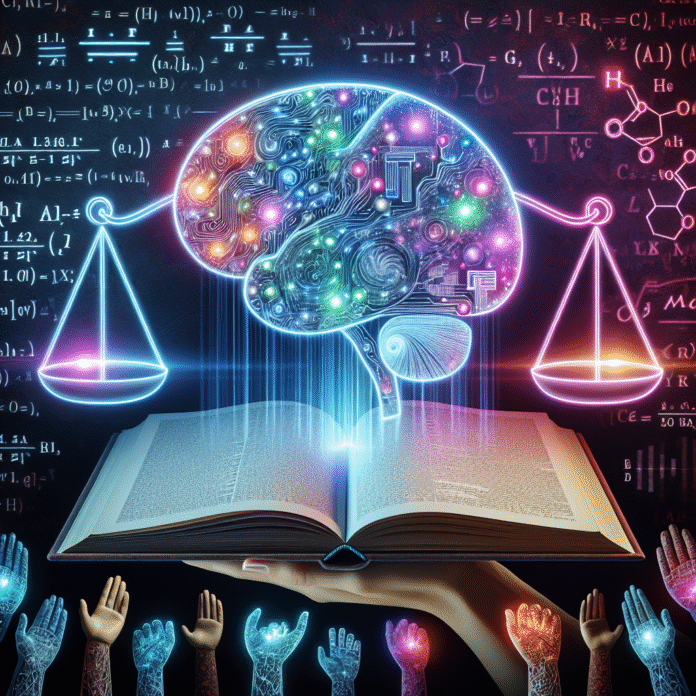As artificial intelligence (AI) continues to permeate various sectors—including healthcare, finance, and criminal justice—the potential for bias in algorithms has garnered significant attention. Understanding AI bias is not merely an academic exercise; it is a pressing concern that directly affects individuals and communities. This article aims to elucidate the causes of AI bias, its implications, and strategies to create fairer algorithms that promote justice and equity.
What is AI Bias?
AI bias occurs when an algorithm produces systematically prejudiced results due to erroneous assumptions in the machine learning process. It can manifest in various ways, from data selection and algorithm design to human interpretation of AI-generated outcomes. Bias can occur unintentionally or through malintent, leading to discriminatory practices in the real world.
Types of AI Bias
-
Data Bias: Often, algorithms learn from historical data that reflects existing societal biases. For instance, if a dataset used for training an AI model reflects discriminatory hiring practices, the model may perpetuate these biases.
-
Algorithmic Bias: Even if the data is unbiased, the algorithms themselves can introduce bias. The choice of algorithm and parameters, as well as how inputs are processed, can lead to skewed outcomes.
-
Human Bias: Developers and operators of AI systems may unknowingly introduce their biases during the design and implementation phases, affecting the model’s outcomes.
The Implications of AI Bias
The implications of biased AI systems can be far-reaching and profound:
- Discrimination: Biased algorithms can reinforce stereotypes and systemic discrimination, resulting in unfair treatment of marginalized groups.
- Loss of Trust: If individuals perceive AI systems as biased or unfair, trust in AI and technology as a whole wanes, leading to resistance against its adoption.
- Legal and Ethical Dilemmas: As AI systems increasingly influence critical decisions—like loan approvals or sentencing in criminal cases—questions of accountability and legality arise.
Building Fairer Algorithms
Creating fairer algorithms requires a multi-faceted approach that integrates ethical considerations, engineering practices, and community engagement.
1. Diverse Datasets
One effective way to mitigate bias is by using diverse and representative datasets. Data should encompass a range of demographics, backgrounds, and experiences to ensure that algorithms learn from a comprehensive perspective. Additionally, ongoing data audits can help identify and eliminate biases early in the development process.
2. Algorithmic Transparency
Transparency in AI development allows stakeholders to scrutinize algorithms and their decision-making processes. This openness fosters accountability and encourages developers to address biases proactively. Disclosing the metrics used to evaluate model performance can also illuminate potential disparities in how different groups are treated.
3. Ethical Guidelines and Regulations
Establishing ethical guidelines and frameworks is critical. Organizations, governments, and tech companies should collaborate to create standards for ethical AI development. Regulation can help guide accountability measures and force organizations to prioritize fairness and equity in their AI initiatives.
4. Interdisciplinary Collaboration
The complexity of bias in AI requires expertise from multiple fields. Collaborating with sociologists, ethicists, and domain experts can provide insights that enhance algorithmic fairness. Interdisciplinary teams can better identify potential biases and develop comprehensive strategies for correction.
5. Community Engagement
Involving affected communities in the algorithm design process can yield valuable insights. By gathering feedback from diverse perspectives, developers can better understand the societal context of their algorithms and make necessary adjustments to mitigate bias.
Conclusion
AI bias is a significant barrier to achieving a just and equitable society. By understanding its roots, acknowledging the implications, and implementing strategies to build fairer algorithms, we can harness the transformative power of AI while minimizing harm. In so doing, we take critical steps toward ensuring that technology serves everyone fairly and equitably, fostering a future where AI works positively for all sections of society.






